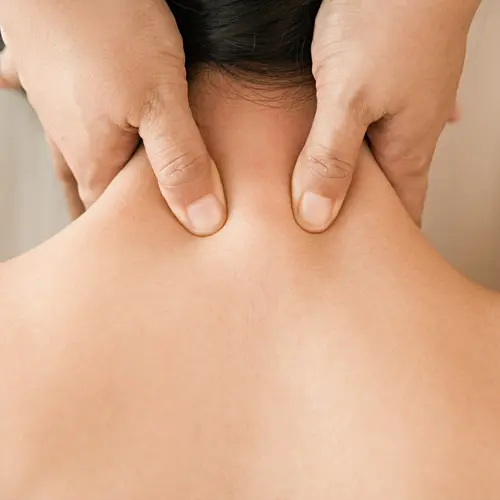The Swedish massage is one of the most common types of massages you can get. It is performed to energize the body and improve overall health. This type of massage involves actions like percussion, kneading, vibration, tapping and rolling. Massage oil or lotion is used to protect the skin from friction.
Health Benefits of a Swedish Massage
Massages are a great way to relax and unwind. A massage involves manipulating the muscles and joints to relieve stress or pain. This is achieved by relaxing tight muscles and promoting blood circulation.
Getting a Swedish massage can also be beneficial to your heart. A masseuse (a person that practices massage) manipulates the body's soft tissues (muscles, tendons, ligaments and blood vessels) and uses strokes that flow toward the heart, improving blood circulation.
Swedish massage may help reduce symptoms of depression, stress, and anxiety. Some of the symptoms that could be managed by massage therapy include back pains, headaches, muscle issues and other chronic pains.
Massages are also associated with boosting immunity. This can help you in managing conditions like the common cold, asthma, diabetes, and breast cancer.
In addition to the positive health impacts mentioned above, getting a Swedish massage may also have the following benefits:
Nerve stimulation. By applying pressure and manipulating the muscles, a Swedish massage helps to stimulate nerves located in different parts of the body. The nerves could be stimulated in a way that helps to manage pain and discomfort.
Mood booster. Massages have been found to improve mood by promoting the production of dopamine, serotonin, and oxytocin. These hormones act to stabilize your mood, helping you feel happy and positive. A Swedish massage could also act to reduce the production of cortisol, a stress-causing hormone.
Tension reliever. Also known as adhesions, knots can be quite painful. The Swedish massage warms up the muscles and breaks down the binding spots and relieves the tension gathered at the knots. If you have a severe case of adhesions, consider other, more intense types of massages.
Lymph drainage. Lymphatic drainage occurs naturally when you use your muscles. However, if for any reason you are not moving or using your muscles, the lymphatic fluid could accumulate. This could cause a build up of toxins. A Swedish massage can help manage this problem.
Improving flexibility. Massages help in relaxing your muscles and joints. This improves your range of motion, which in turn increases your stretching capability.
Swedish Massage Techniques
A Swedish massage incorporates a variety of massage techniques in order to provide and promote healing.
Effleurage. Effleurage is used at the beginning of the massage as a warm up and at the end of the session to soothe the muscles. This technique involves gentle circular or gliding strokes. The masseuse applies different levels of pressure on the body to loosen knots. It also helps in relieving tension. There are three classes of effleurage, each based on the amount of pressure the masseuse uses. These classes are feather stroking, superficial effleurage, and deeper effleurage. The degree of pressure applied depends on the needs of the individual receiving the massage.
Petrissage. This technique consists of a deeper, kneading movement. The masseuse manually compresses your soft tissues in a rhythmic fashion. The most common ways of performing petrissage include kneading, wringing, rolling, and lifting. Petrissage helps to stretch and loosen muscles and promote blood circulation. Performing petrissage takes the most time in a Swedish massage. It’s best for people with injured muscles since it provides many therapeutic benefits.
Tapotement. The word tapotement means tapping or drumming. The masseuse uses a rhythmic tapping to stimulate blood flow across the body. Tapotement involves actions like hammering, slapping, cupping, hacking, and tapping. Tapotement promotes the production of endorphins, which help the body to relax. This technique relaxes tight muscles and helps in lymphatic drainage.
Friction. As the name suggests, this technique involves rubbing on the massage area using the thumbs or fingers. The masseuse may apply pressure in a circular or linear rhythm, rubbing the sore area in order to soften and realign muscles. This technique works best on joints.
Vibration. This technique involves rhythmic shaking of the massage area. By doing so, the body loosens up and relaxes. The masseuse may use their palms to shake your skin and muscles on your back. If the massage area is small or sensitive, like your face, they may use their fingers. Vibration works best for soothing nerves in areas with large scars or knots.
Should You Get a Swedish Massage?
Massage is widely used as complementary treatment for many different conditions. The physiological and psychological benefits of massages are countless. Massage therapy is not only helpful to people dealing with health conditions, it is also recommended for physically fit and healthy individuals. A Swedish massage will help you feel great, whether you have aches and pains or simply want to unwind.

